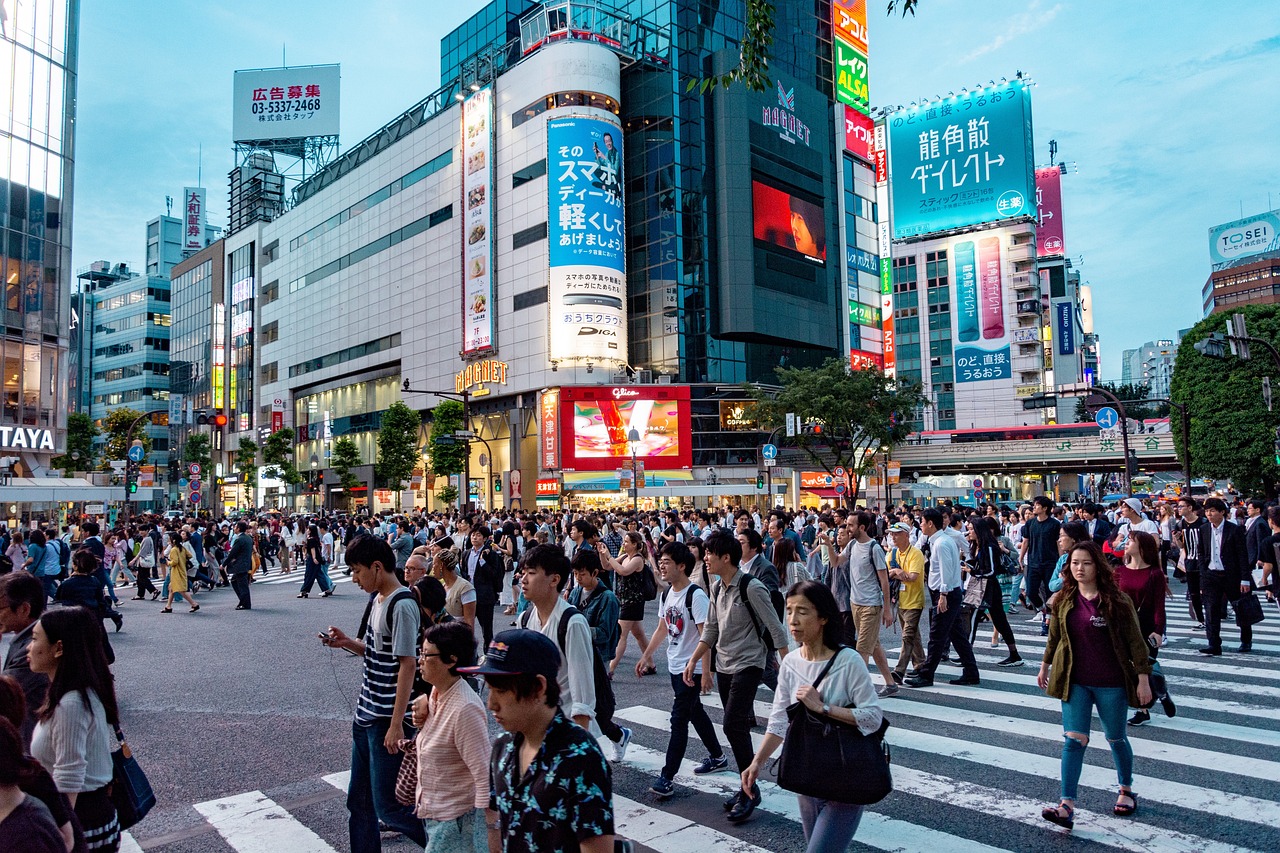
Vocabulary:
- consecutive /kuhn-SEK-yuh-tiv/
- stable /STEY-buhl/
- strive /strahyv/
- amid /uh-MID/
- impose /im-POHZ/
[adjective] – following one after another without an interruption
The team won five consecutive matches, showcasing their excellent performance and consistency.
[adjective] – firmly fixed or not likely to move or change
After months of uncertainty, the company finally achieved a stable financial position and steady growth.
[verb] – to try very hard to do something or to make something happen, especially for a long time or against difficulties
The athletes strive to improve their skills and break their personal records in every competition.
[preposition] – in the middle of or surrounded by
The company faced financial difficulties amid the economic downturn but managed to stay afloat.
[verb] – to officially force a rule, tax, punishment, etc. to be obeyed or received
The government decided to impose a new tax on luxury goods to increase revenue.
Article reading:
Japan’s population has been declining since the 1980s, with a fertility rate of 1.3, well below the stable rate of 2.1 required without immigration. Nearby countries like China, South Korea, Singapore, and Taiwan face similar challenges, striving to encourage more children amid rising living costs and social issues. To address the population decline, Japan has aimed to attract more foreign residents and workers in recent years. Despite progress in creating new visa categories, the COVID-19 pandemic stalled many efforts as the country closed its borders and imposed lockdowns. A Tokyo-based research organization stressed the need for about four times as many foreign workers by 2040 to achieve economic goals. However, achieving this requires creating a supportive environment for migrant workers and fostering social change to be more accepting of foreigners.
Discussion Questions:
- How do you think a declining population might impact the future?
- How do you feel about the challenges posed by a shrinking workforce and an aging population?
- Do you think the declining population in Japan and other East Asian countries will have significant implications for their economies and societies in the coming years?
- What are some potential strategies Japan could implement to encourage higher birth rates and address the population decline in the long term?
- How can Japan strike a balance between attracting more foreign workers to boost its workforce and maintaining its cultural identity and social cohesion?
Summarization
Describe:
- pose
- supportive
- workforce
- shrinking workforce
- social issue